
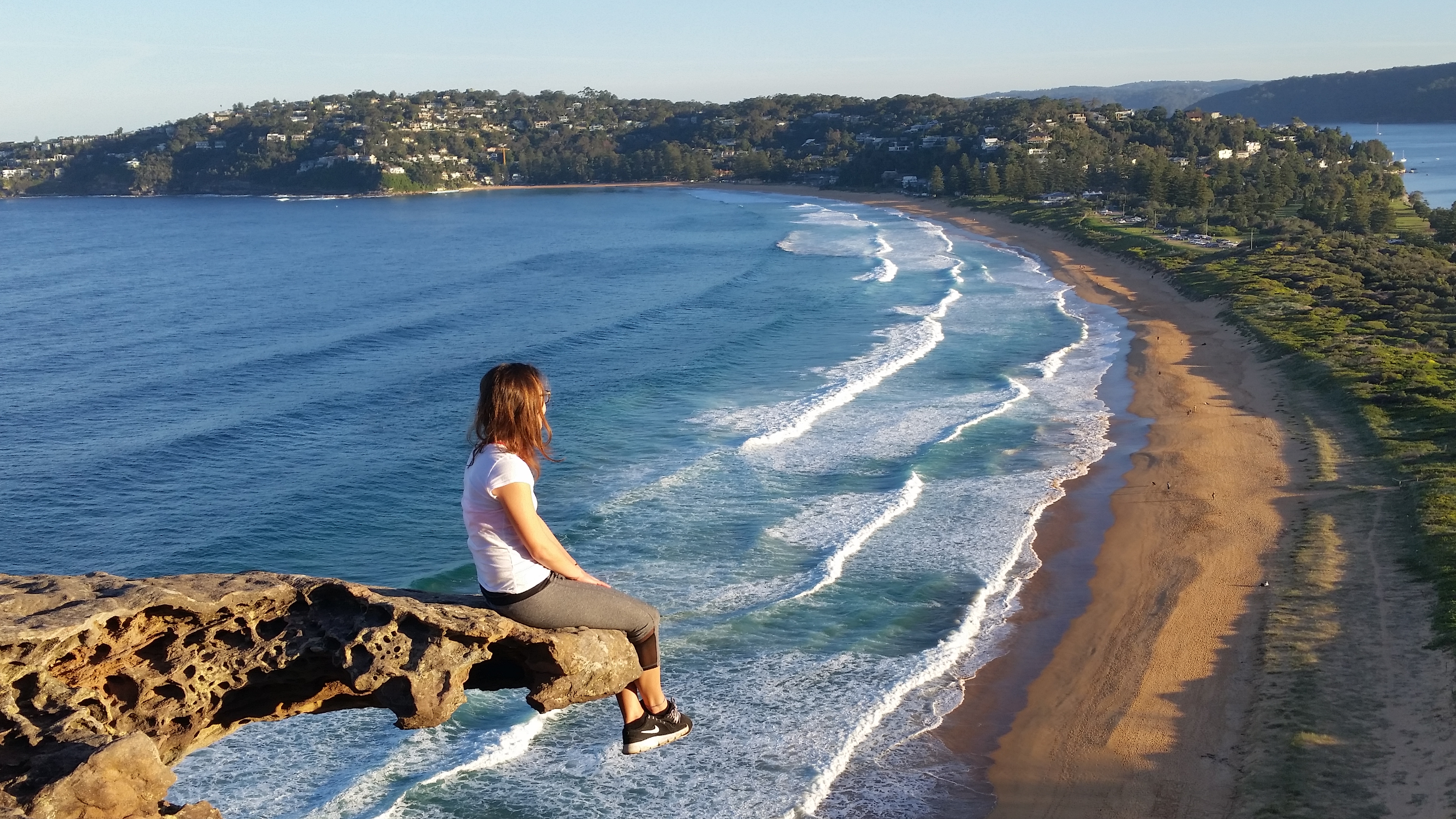
May 06 2017
Written by Ines Boussebaa.
I first discovered the “zero-waste” lifestyle after I read an article about a woman, Lauren Singer, who could fit all of her trash from the past couple of years in a mason jar. Like the name entails, zero waste is about cutting out as much trash as possible from your daily life. It seemed incredible to me, and far-fetched, but the more I researched this new lifestyle, the more I realised how important it was.
Humans create far more trash than we used to. Today, the average American produces three pounds of landfill-bound garbage every day, and a ton of garbage per year – 90% of which can instead be recycled or composted. The trash we produce is connected to every environmental problem we face today – climate change, habitat destruction, water pollution, and chemical exposure. If 1 in 50 Americans took on this lifestyle, we would avoid throwing away 10 million pounds of garbage per year.
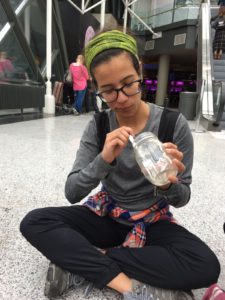 Zero-waste is an adjustment and with my love for travel, I had to find new ways to continue practicing zero-waste on the go. It requires some planning, and I still create far more trash than I’d like. But some small, simple steps can make a difference.
Zero-waste is an adjustment and with my love for travel, I had to find new ways to continue practicing zero-waste on the go. It requires some planning, and I still create far more trash than I’d like. But some small, simple steps can make a difference.
Travel is an important area to practice zero-waste because while traveling it’s easy to forget how much trash we are creating. For example, many airlines still don’t recycle the main types of recyclables (aluminium cans, glass, plastic, paper). To give you an idea, US Airways throws every one million plastic cups every six hours. This guide will cover a few simple steps to reduce this.
Packing the right items is critical to having a zero-waste holiday. Here are some things I include that you may not have thought of while packing:
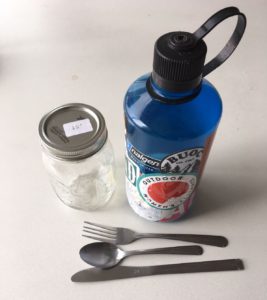
I always download my plane ticket onto my phone instead of printing it out. This avoids a lot of paper waste 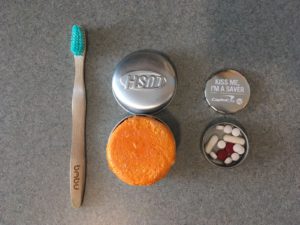 as I travel pretty often. I also avoid checking bags, mostly because it’s a time-consuming hassle, but also because of the little stickers airlines place on it.
as I travel pretty often. I also avoid checking bags, mostly because it’s a time-consuming hassle, but also because of the little stickers airlines place on it.
I avoid paper luggage tags, but if checking a bag is necessary, try using a reusable luggage tag. Some airlines have started using e-tags for check-in luggage to reduce waste. I also pack headphones, a sweater and a pillow (or if you are traveling light use a sweater). This is so that I don’t have to use the ones offered by airlines which they wrap in plastic and throw away later on.
I pack all of the same things as above, as well as a bag full of food. I pack the food in reusable Tupperware containers and reuse those containers throughout my trip. It’s easy to ask people at restaurants if they’ll put your food in it, although sometimes they refuse.
As I am traveling, I enjoy going to farmer’s markets and co-ops as it’s a great way to try local food. Many of them are happy to give you package-free food and some might know places to compost your food scraps. I’ve also downloaded an app called Bulk Locator App, which shows stores that offer bulk products in the US and Canada and is available for both Apple and Android phones.
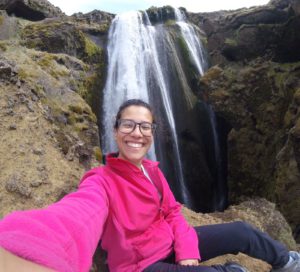
While this might seem like a lot at first, it has quickly become second nature on my trips. I love knowing that I don’t contribute more waste to the areas I am traveling in, and am working to preserve the landscapes I love to explore.
